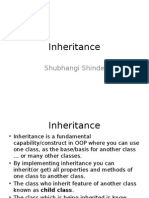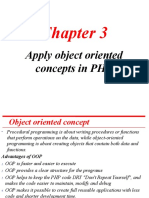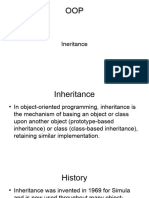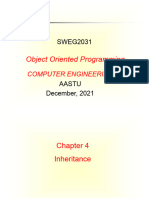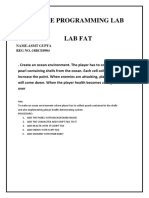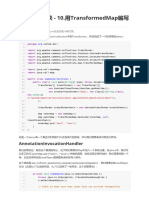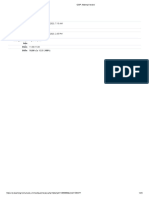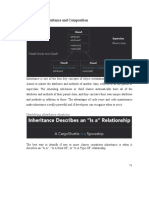0% found this document useful (0 votes)
8 views7 pagesInheritance
Inheritance is a fundamental concept in object-oriented programming that allows a derived class to acquire features and behaviors from a base class, enabling code reuse. The document explains various types of inheritance including single, multi-level, multiple (not supported in PHP), and hierarchical inheritance, along with examples in PHP code. Additionally, it covers method overriding, where a child class can provide a specific implementation of a method that differs from its parent class.
Uploaded by
bishowbabu45Copyright
© © All Rights Reserved
We take content rights seriously. If you suspect this is your content, claim it here.
Available Formats
Download as PDF, TXT or read online on Scribd
0% found this document useful (0 votes)
8 views7 pagesInheritance
Inheritance is a fundamental concept in object-oriented programming that allows a derived class to acquire features and behaviors from a base class, enabling code reuse. The document explains various types of inheritance including single, multi-level, multiple (not supported in PHP), and hierarchical inheritance, along with examples in PHP code. Additionally, it covers method overriding, where a child class can provide a specific implementation of a method that differs from its parent class.
Uploaded by
bishowbabu45Copyright
© © All Rights Reserved
We take content rights seriously. If you suspect this is your content, claim it here.
Available Formats
Download as PDF, TXT or read online on Scribd
/ 7










